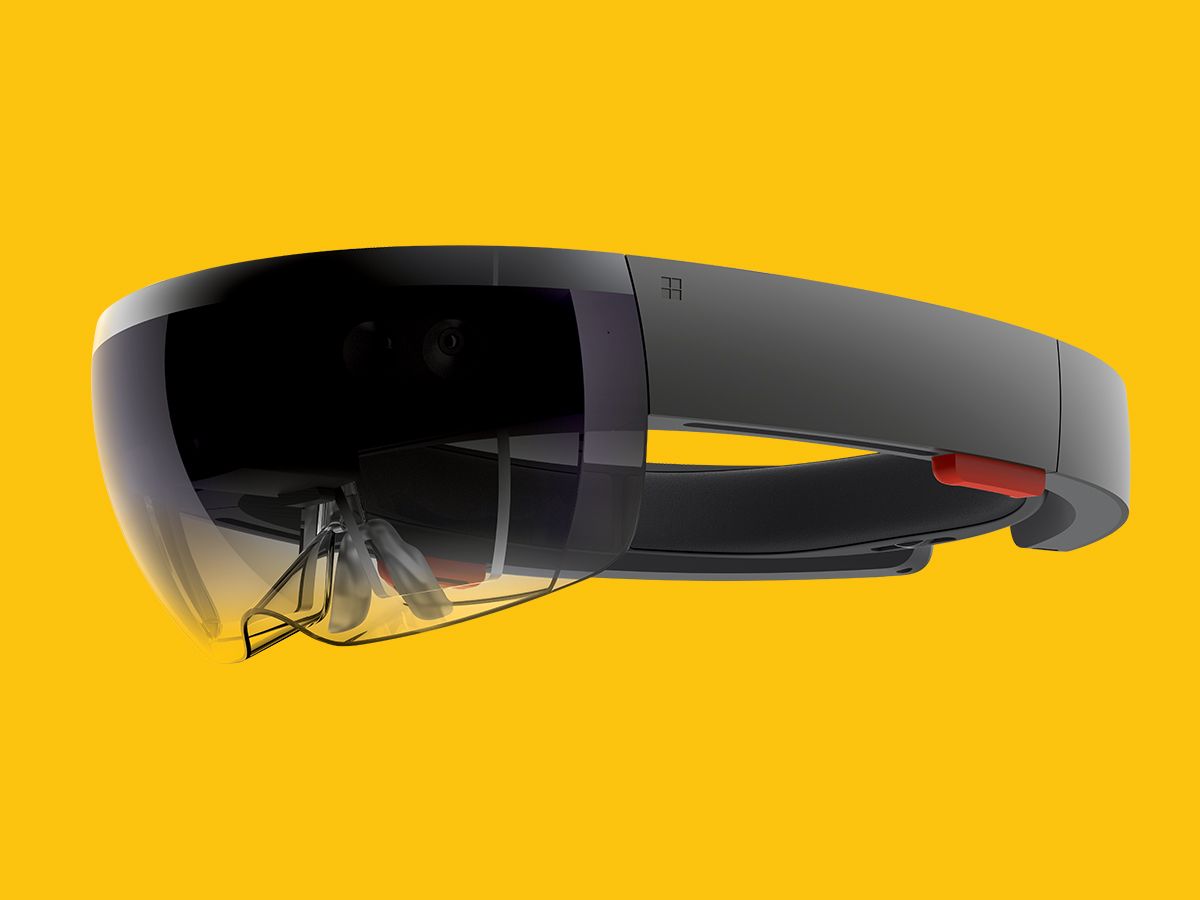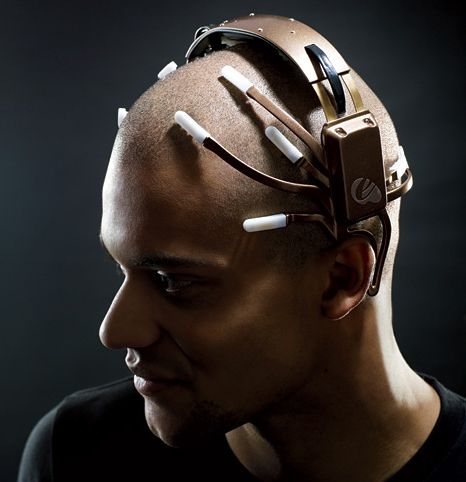Jan 29, 2015
Black Phosphorus: The Birth of a New Wonder Material
Posted by Seb in category: materials
Emerging Technology From the arXiv — MIT Technology Review

Materials scientists have discovered how to make black phosphorus nanosheets in large amounts, heralding a new era of nanoelectronic devices.
In the last few years, two-dimensional crystals have emerged as some of the most exciting new materials to play with. Consequently, materials scientists have been falling over themselves to discover the extraordinary properties of graphene, boron nitride, molybdenum disulphide, and so on.
A late-comer to this group is black phosphorus, in which phosphorus atoms join together to form a two-dimensional puckered sheet. Last year, researchers built a field-effect transistor out of black phosphorus and showed that it performed remarkably well. This research suggested that black phosphorous could have a bright future in nanoelectronic devices.
Continue reading “Black Phosphorus: The Birth of a New Wonder Material” »


 A few paralyzed patients could soon be using a wireless brain-computer interface able to stream their thought commands as quickly as a home Internet connection.
A few paralyzed patients could soon be using a wireless brain-computer interface able to stream their thought commands as quickly as a home Internet connection.


 Quoted: “Looking at the misinformation, speculation, and confusion about bitcoin and blockchain technology: it’s the same conversation we had
Quoted: “Looking at the misinformation, speculation, and confusion about bitcoin and blockchain technology: it’s the same conversation we had 







